Brassica rapa subsp. rapa
I like to think of planning my garden as a balancing act.
While it takes a bit of self-restraint each year to keep from filling every inch of my yard with juicy tomatoes, crunchy cucumbers, and giant sunflowers, I always appreciate the space I set aside for storage crops come winter.

We link to vendors to help you find relevant products. If you buy from one of our links, we may earn a commission.
While perhaps not the most thrilling crop of the season, I love turnips for their hearty reliability, nutritional value, and great storage potential.
What You’ll Learn
What are Turnips?
Turnips are root crops and members of the mustard family with a long history of human cultivation. Plants have slightly hairy green leaves, small yellow flowers, and white or yellow bulbs, with tops that can turn purple or green when exposed to sunlight as they grow above the soil.
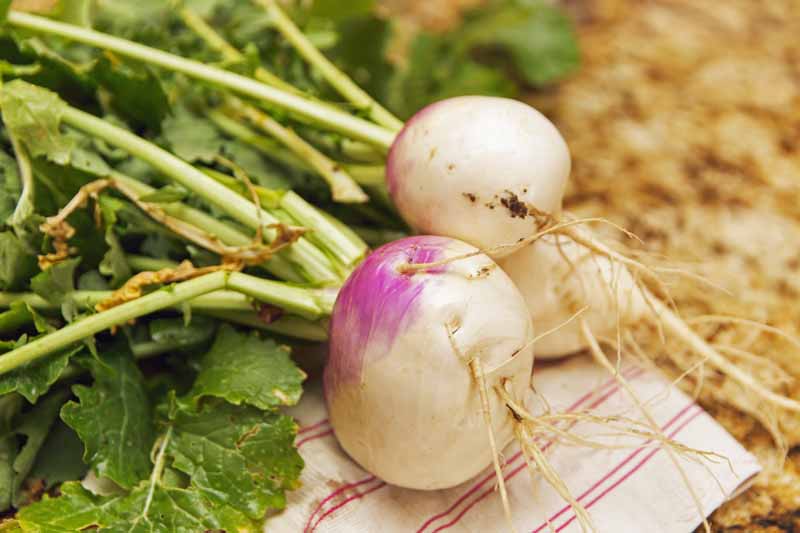
Though you may only be aware of the classic purple top varieties found in grocery stores, this versatile crop comes in many cultivars varying in size, color, and flavor.
Cultivation and History
While they may not seem that fascinating at first glance, turnips have a long and rich history of human and animal use. This root crop traces back to at least Roman times, where they were a well-established part of the human diet. They likely originated from somewhere in West Asia or Europe, as wild varieties can be found in those areas.
Turnips have long been a crop of last resort and have saved many people from starvation throughout history.
During WW1, the winter of 1916-1917 was known as the “turnip winter” in Germany. The country was in the midst of a blockade, had suffered a failed potato harvest, and was facing a famine. Most of the country ended up subsisting on turnips and rutabaga, the only crops available.
Likewise, during WWII, British people also relied heavily on turnips amidst food shortages.
Often considered the food of the poor, in medieval Europe they were commonly thrown at criminals in stocks.
Each January in the small town of Piornal, Spain, there is a centuries old festival called Jarramplas, during which a volunteer dresses up as a devil-like character in colorful garb and a horned mask, roaming the city while bystanders pelt them with turnips!
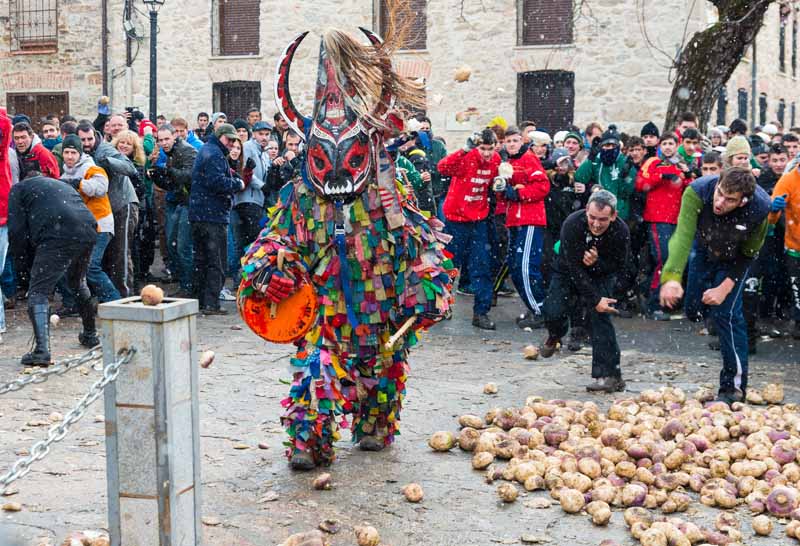
So how can you become part of the turnip tradition? Read on to learn how to grow your own for storing, eating, or throwing at passersby, though I certainly don’t condone the latter.
Propagation
Direct sow seeds into well drained soil, in sun or partial shade, and rake in at a half inch deep. You can begin planting in spring, as soon as soil temperatures reach 40 degrees F.
Turnips thrive in cooler weather, as too much heat can cause roots to become woody and encourages early bolting, so the key is to get your seeds in the ground before temperatures get too hot.
Since cool spring conditions are short lived in many climates, spring is a great time to turnips or their quick to mature greens!
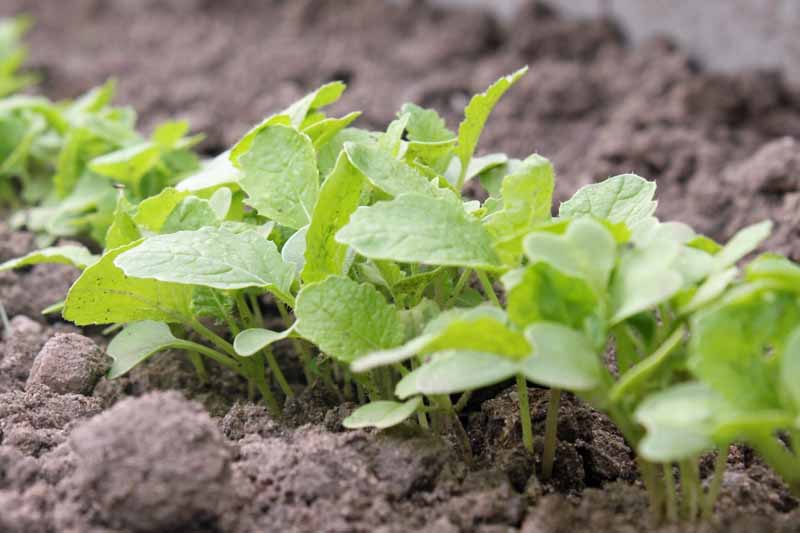
If you happen to live in a climate where the growing season is long and cool, it is possible to plant every few weeks in succession for a continuous crop. Otherwise, wait and sow again in late summer for a fall harvest. Turnip roots develop especially well in cool fall temperatures and become sweeter after a few light frosts.
Be sure to keep the soil moist after sowing until sprouts appear. Once plants are a few inches tall, thin plants to 4 to 6 inches apart.
Looking for More Cold Weather Loving Fall Crops?
Then check out our guide: The 19 Best Cool-Weather Crops for a Productive Fall Garden
How to Grow
Growing and maintaining turnips is pretty easy. They are fast growing, reliable, and relatively low maintenance.
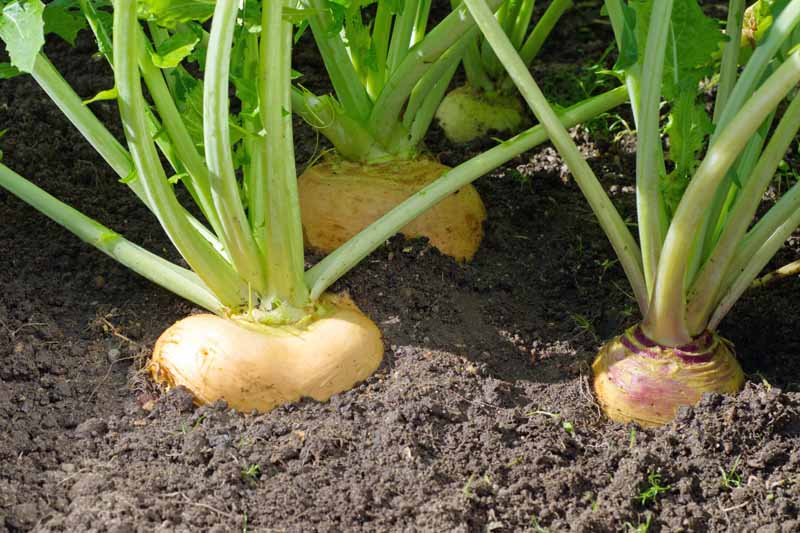
It is not necessary to fertilize plants once they are in the ground since they grow so quickly. As long as the soil is rich in organic material when you sow the seeds, they should be happy.
It is also important to be sure that plants receive consistent water, about an inch per week, to develop healthy roots, however they also should not become waterlogged, as too much moisture can cause disease.
Growing Tips:
- Add compost to soil before planting for faster and more robust roots and to prevent early bolting. Early bolting is often caused by stress on plants from lack of water or nutrient deficiency in the soil.
- To keep plants from getting waterlogged, try mulching well with straw or hay and planting in well-draining areas.
- Use a thick layer of mulch to protect plants from frost damage.
- When thinning plants, don’t toss those leaves! Instead, save them to incorporate some spicy greens into your salad. Find tips about growing turnips for greens here.
Cultivars to Select
Best for Greens: Seven Top
This variety doesn’t develop edible roots, but instead puts all energy into lush leaves.
If you are only interested in greens, this is a great choice.
Best All-Around: Purple Top White Globe
This long-time favorite produces mildly sweet large roots that grow up to 6inches in diameter and are ready for harvest in 45-65 days.
Greens can be harvested multiple times as well.
Managing Pests and Disease
Pests
Although turnips are hardy if left unmolested, they are a brassica and as such, have a lot of different kinds of insects and other pests that love to feed on them.

Caterpillars
Many types of leaf eating caterpillars enjoy nibbling on turnip greens and feed on surfaces of leaves. Some common ones include cabbage loopers, beet army worms, and diamondback moths. You may find them feeding on the surface of brassica leaves. Caterpillars can be handpicked or sprayed with bT if needed.
Aphids
These small, soft bodied ova-shaped pests like to suck sap from deep within the leaves. They leave behind a sticky waste called honeydew, which can attract mold to plants. Try spraying with a solution of soapy water, neem oil, or sprinkling diatomaceous earth on plants every couple of weeks.
Read more about aphid control here.
Cutworms
Cutworms are nocturnal caterpillars that live in soil and feed on stems and low hanging leaves of young plants. These pesky little worms can destroy an entire row of seedlings in a night. You can place a paper or cardboard ring around the stems of young plants to protect them from damage, or sprinkle wood ash around the base of the plant. Sunflowers also attract cutworms, so try placing them around garden edges. You will lure away the worms and add beautiful color to your garden at the same time!
Read more about identifying and managing cutworms here.
Cabbage Maggots
Cabbage maggots can tunnel through the roots causing plants to wilt and shrivel. The flies of these small grayish worms lay their eggs in the soil near plants and seedlings. Sprinkling wood ash around the base of the plant or planting when weather is dryer can help deter cabbage maggots.
Read more about control cabbage root maggots here.
Whiteflies
These tiny insects live on the underside of leaves and look like moths when in flight. Like aphids, they produce honeydew, which attracts a mold that can interfere with photosynthesis in the plants. Spray with soapy water or garlic oil.
We have a guide on whitefly control here.
Need More Pest Control Information?
Disease
While turnips are susceptible to several fungal and bacterial infections, as well as rot, and nutrient deficiency, problems can be easily prevented with a bit of forethought. Rotate crops regularly to prevent disease spread, plant in nutrient rich soil, and be sure to keep plants from getting waterlogged.
White Spot/Leaf Spot
These grey or white spots form and spread on the leaves and can ruin crops. More information on treating turnips with leaf spot can be found here.
Downy Mildew
This causes areas of white fuzz to form on the underside of leaves and can also damage roots. Learn more about downy mildew on turnip crops here.
Clubroot
This fungus causes leaves and stems become yellow, and roots to develop galls. Clubroot can live in the soil for at least 7 years after an initial infection. To combat clubroot, remove all affected plants and roots from the area and rotate crops. You should avoid planting turnips or related family members in infected soil for at least 7 years. You may also consider planting resistant cultivars.
Blackleg
This can cause dark spots to appear on turnip root flesh and can destroy the root system. It can also show up as rot on stored roots. To combat blackleg, practice regular crop rotation and remove any roots from the surrounding soil.
Need More Disease Control Information?
Read our complete Turnip Disease Identification and Control Guide now.
Harvesting
When to harvest your turnips is partially up to you. It largely depends on whether you are harvesting primarily for greens, whether you prefer larger, hearty bulbs or sweeter tender young roots. Other factors that affect harvest time include cultivar and growing conditions.
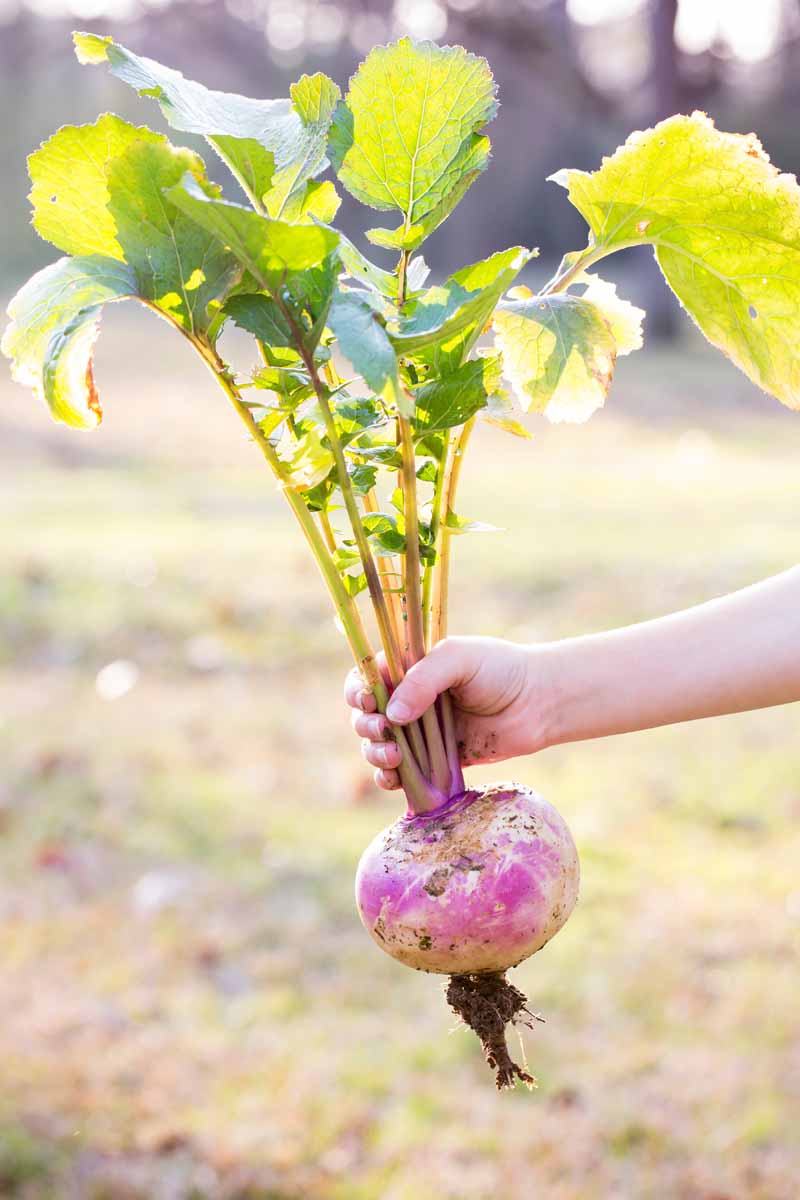
To harvest both greens and roots, you can pull the whole plant with leaves and roots together when plants are about 2 inches in diameter, or you can top leaves when they are about a foot long and harvest roots later when they are 3 to 5 inches in diameter, depending on preference and variety.
Since cutting the leaves reduces the ability of the plant to store the solar energy needed to fuel root growth, only cut greens once. Another option is to remove only the outside leaves on each plant, allowing inner leaves to continue to stimulate root growth. This may allow you to harvest leaves from the same plant more than once.
Harvest your fall crop after a few light frosts but before a hard freeze. Although the plants can survive repeated freezes, repeated freezing and thawing can cause the texture of the roots suffers, causing cracks or rot.
Preserving
When properly stored, roots can keep for several months. The ideal storage temperature is between 32-35 degrees F, so the fridge is ideal. If you have a larger crop, you can also keep them in a dry root cellar or garage.
Quick Reference Growing Chart
| Plant Type: | Biennial cole crop, generally grown as an annual | Water Needs: | 1 inch per week |
| Native to: | West Asia and Europe | Maintenance: | Moderate |
| Hardiness (USDA Zone): | 2-9 | Soil Type: | Loamy with sand, but can grow in other types |
| Season: | Spring and fall | Soil pH: | 6.0-6.5 |
| Exposure: | Full sun to partial shade | Soil Drainage: | Well-draining |
| Time to Maturity: | 30-60 days | Companion Planting: | Peas, onions |
| Spacing: | 4-6 inches | Avoid Planting With: | Mustard, other brassicas |
| Planting Depth: | 1/2 inch | Family: | Brassicaceae |
| Height: | 12-14 inches | Genus: | Brassica |
| Spread: | 3-6 inches, rows 12 inches apart | Species: | rapa |
| Tolerance: | Frost | Subspecies: | B. rapa subsp. rapa |
| Common Pests: | Caterpillars, aphids, cutworms, maggots, whiteflies | Common Disease: | White spot/leaf spot, downy mildew, clubroot, blackleg |
Tell a Turnip Tale
With their sharp tasty greens, sweet tender roots, and fascinating historical significance, turnips are so much more than they are given credit for!
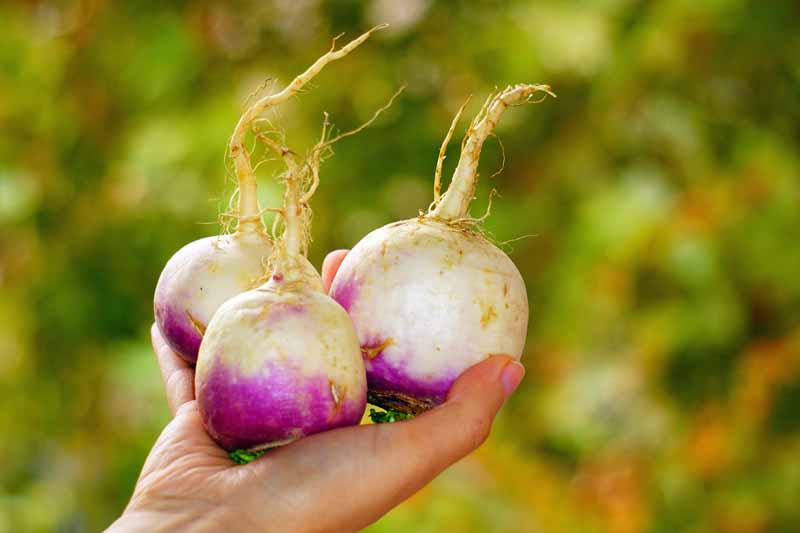
So why not save a corner of your garden to plant a small patch this season? You can enjoy zesty green turnip salads all spring and hearty roots through fall. And winter if you store them well!
And don’t forget the entertaining dinner conversation that can be sparked by a timeless turnip tale.
What is your favorite thing about growing these tasty root crops? Share your stories in the comments below.
And if you found this guide valuable, you’ll also find some more good info here:
- How to Grow Rutabagas: A Cool-Weather Crop Perfect for Fall
- Planting Beets: A Crop for Cooler Seasons
- Growing Kohlrabi: The Hearty, Above-Ground Root
© Ask the Experts, LLC. ALL RIGHTS RESERVED. See our TOS for more details. Product photos via Eden Brothers and True Leaf Market. Uncredited photos: Shutterstock.
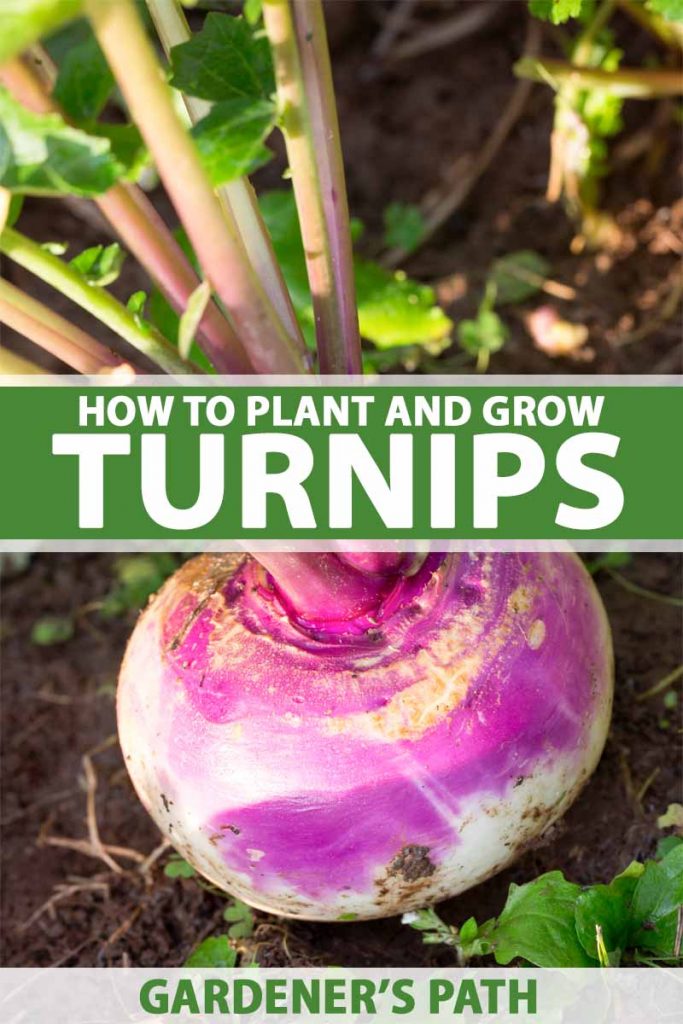
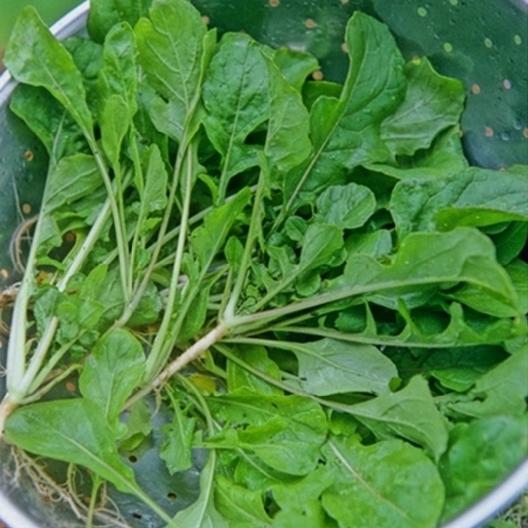

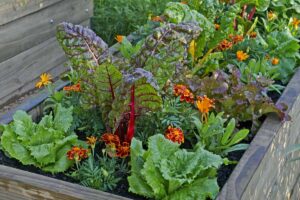
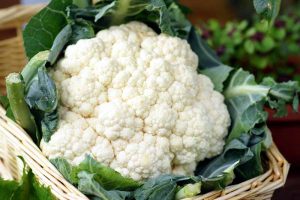

I plant turnips as a winter food plot for the deer! What do I do with them in the spring? Cultivate, plow, mow!
Hello Joe Billian Sr, this is a genius plan! I would probably sneak a few of the greens for myself, though…
We must have turnips in our Cous cous stew when we cook it almost every week. It adds that special flavor, similar to the carrot. Unfortunately, the price has gone to the moon here in Southern California, at $1.99/Lb, so I’m embarking on a turnip growing project: 1) cut the stalk part of your purchased turnips, keeping about a half inch of turnip. 2) Soak these stalks in clean water in a ramikin for about 1-2 weeks to give the stalks a chance to regenerate leaves; you might see timy roots forming. Change the tap water frequently and don’t leave… Read more »
Hello Henri Laborde, what an interesting concept! I’ll look forward to hearing how it works out.
I do hope you planted them only in partial, not full shade, though. They do best with at least a couple of hours of sun per day.
As for the seeds, if you do save a bunch, don’t forget you can sow them for greens indoors.
Or depending on your USDA Hardiness Zone within Southern California, you may want to sow them in late summer or fall so they’ll grow more quickly in the early spring.
Good luck!
How long does it take for turnips to start maturing after getting about 6 inches tall?